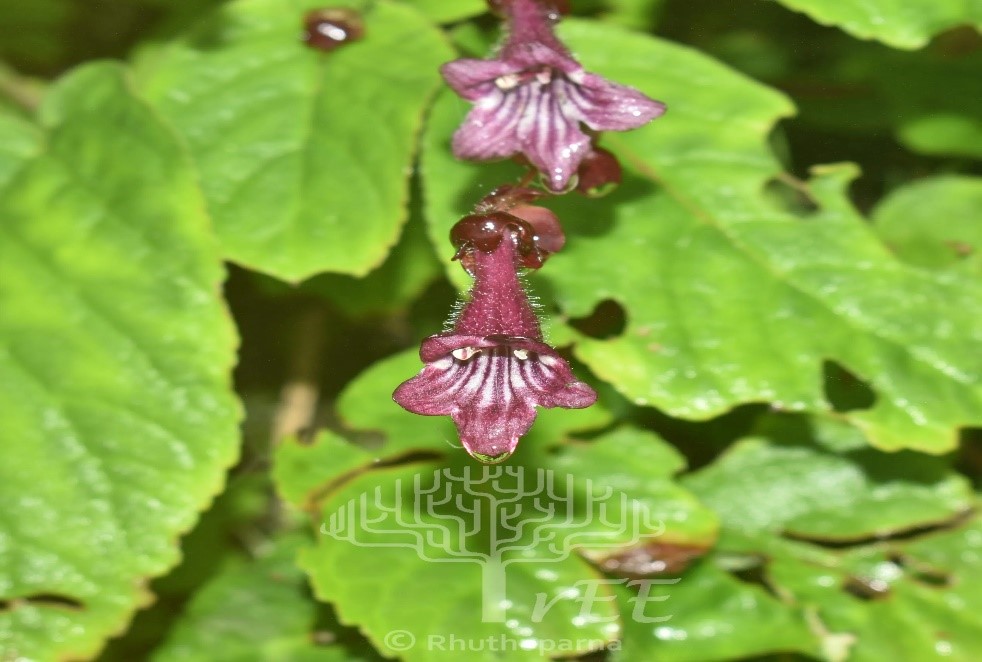Recently, India and the US discussed co-producing Javelin missiles in India.
Fire-and-forget missiles require no further guidance after launch, allowing them to hit their target without needing the launcher to maintain line-of-sight or provide ongoing direction.
|
Anti-Tank Guided Missile (ATGM) |
|
References
Recently a new plant species, Didymocarpus janakiae discovered in Arunachal Pradesh.

Reference
Hubnetwork | Didymocarpus janakiae
Recently, Srinagar is recognized as the 4th Indian city to attain the status of a 'World Craft City'.
Srinagar’s recognition as a United Nations Educational, Scientific and Cultural Organization (UNESCO) Creative City for Crafts in 2021.
|
World Craft Council (WCC) |
|
References
India plans to start large-scale production of bio-bitumen production from biomass or agricultural waste to reduce imports of the material used for asphalting of roads.
Bitumen is produced through the distillation of crude oil and also occurs naturally.
Reference
The Economic Times | Bio-bitumen
Gigantic jets were recently witnessed over the Himalayan Mountains by National Aeronautics and Space Administration (NASA).

Reference